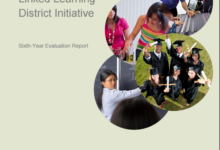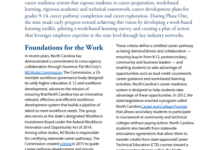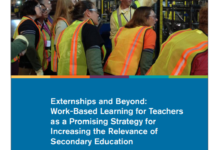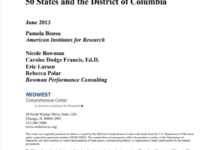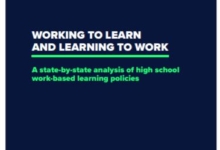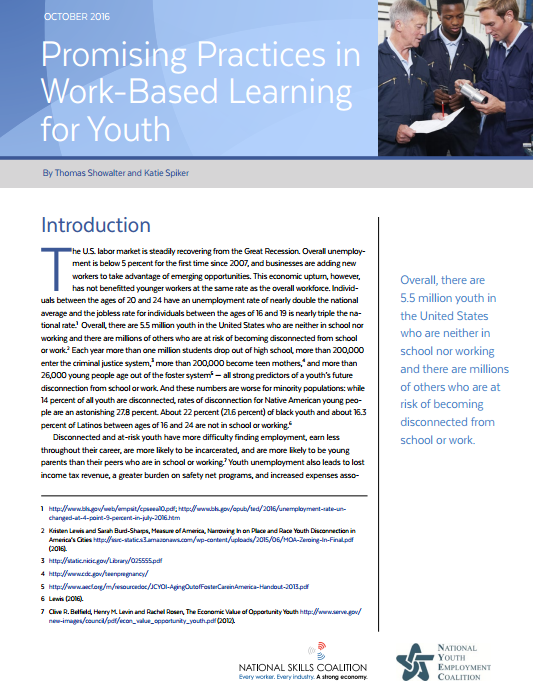The unemployment rate for youth between the ages of 20 and 24 is nearly double the national average and is even higher for individuals between 16 and 19. Thus, employers and policymakers are turning to work-based learning as a strategy for strengthening connections between at-risk youth and local businesses.
This paper from the National Skills Coalition profiles four different work-based learning programs that target at-risk youth in different career pathways. The paper features the Manufacturing Careers Internship Program (MCIP) in Northeast Illinois; the Urban Alliance in Baltimore, Chicago, Northern Virginia and Washington, DC; the Conservation Corps of Long Beach (CCLB); and the Guilford Apprenticeship Partnership (GAP) in North Carolina. The paper draws on each of these examples to define the following key policy elements for work-based learning:
- Paid work-based learning opportunities, with wages provided either through employer, provider, or combination of the two;
- Strong partnerships with business and other community stakeholders;
- Positive youth development and continued support services; and
- Linkages to career pathways either through future employment opportunities or future education and training opportunities.

